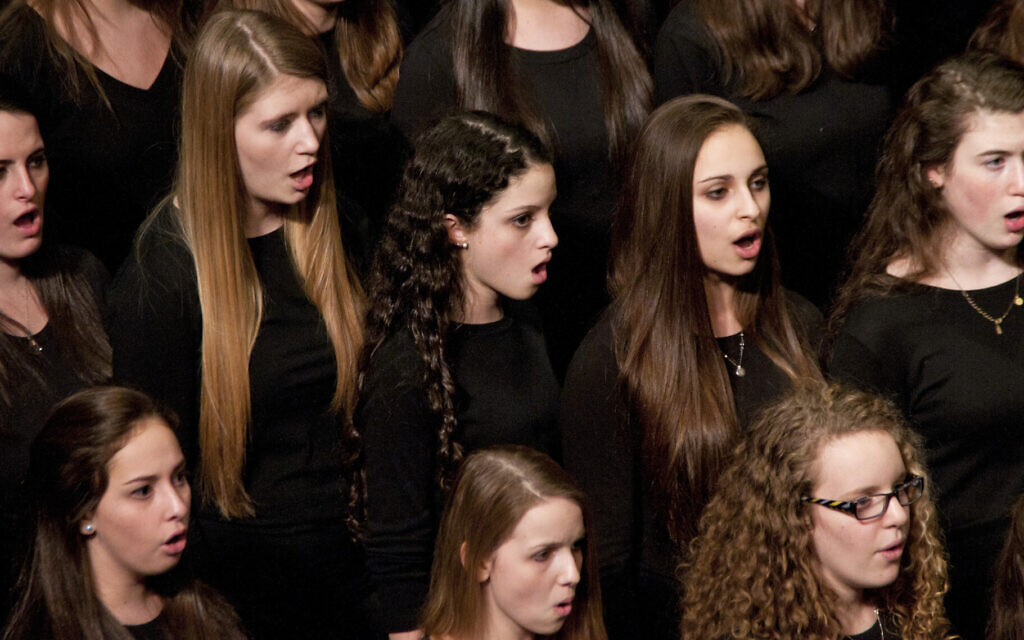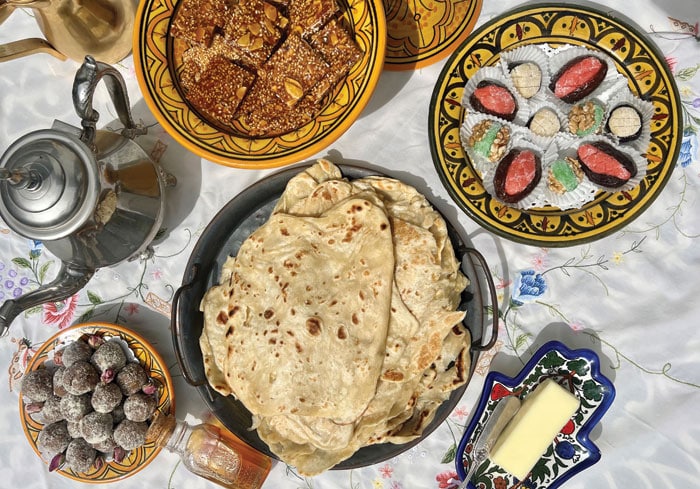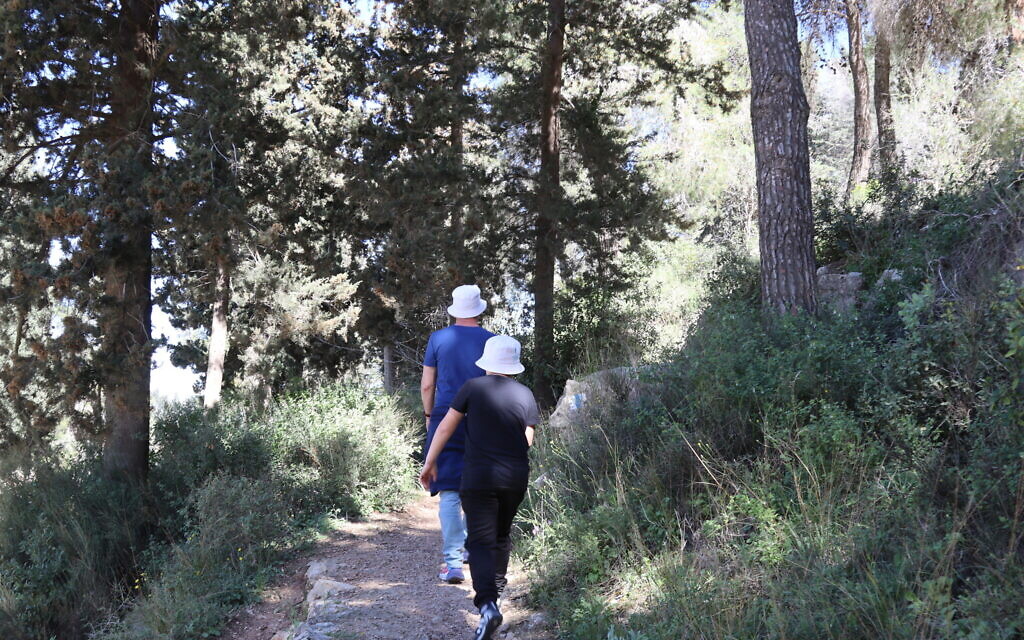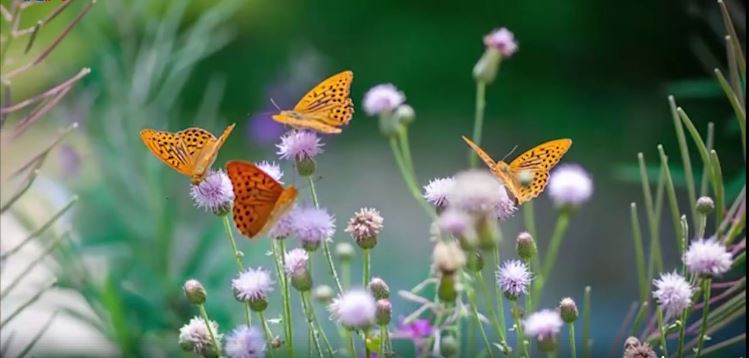Sixties Fan
Diamond Member
- Mar 6, 2017
- 58,940
- 11,175
- 2,140
- Thread starter
- #5,201
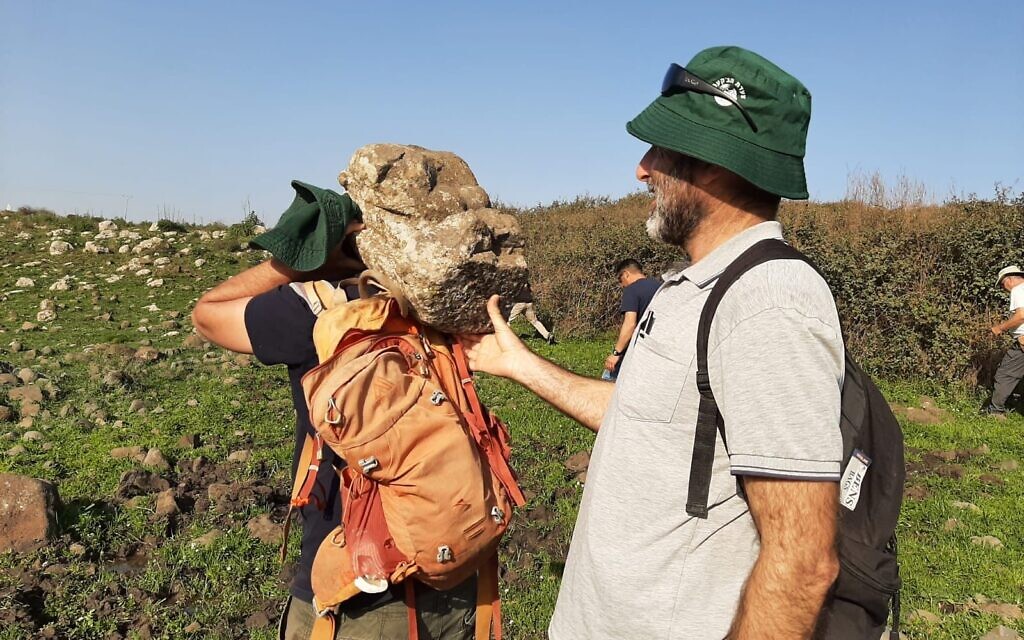
Students from the Kinneret Academic college help bring the 62-pound lioness carving from Ein Nashut to their bus on March 1, 2023, in the Golan Heights. (courtesy Mordechai Aviam)
A group of students taking a class on the history of early Jewish villages in northern Israel became part of the story they were studying last week after stumbling across a 1,500-year-old carved lioness sculpture that likely adorned an ancient synagogue.

Students on northern Israel field trip stumble onto 1,500-year-old lioness carving
Lucky group from the Kinneret Academic College led by Prof. Mordechai Aviam discovers basalt sculpture that likely adorned synagogue, and a rare 1,800-year-old coin, on same day






